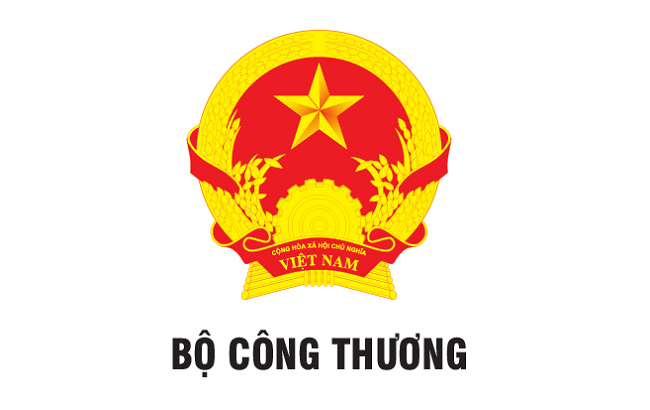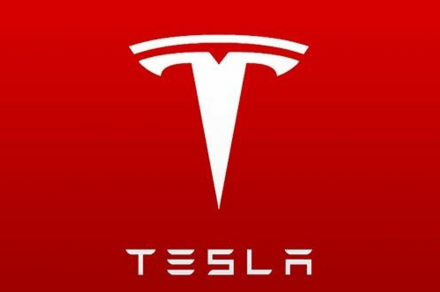News
Policies needed to support steel industry development


Add to my favorite
2022-05-26
According to the recent report by the Ministry of Industry and Trade of Vietnam, overreliance on input material imports, small production value and outdated technology were among the major weaknesses of Vietnam steel industry.
The report was part of the ministry's proposed "Strategy for the development of Vietnam steel industry by 2030, with a vision to 2050", which called for additional governmental policies to support the steel industry.
Referred by the ministry, Vietnam's production capacity for steel billets stood at 27 million tons in 2021, of which 7-8 million tons was hot-rolled coil. With the exceptions of only a handful of large steel mills such as the Hòa Phát-Dung Quất Iron and Steel Complex, the Hưng Nghiệp Formosa Iron and Steel Complex, and Nghi Sơn Steel, the rest of the country's steel industry was made up of small mills, equipped with outdated machinery and technology.
In addition, the industry lacked the capacity to meet domestic demand, especially for alloy steel which it has not been able to produce. The only long-term solution is to ramp up investment for the construction of large-scale steel complexes to reduce reliance on imports.
The ministry's conclusion was that the industry's competitive capacity is limited as its production was marred with energy inefficiency and environmental issues. "For the most part, the industry is overly dependent on imports of raw materials including ore, scrap and coking coal, resulting in unstable prices," said the report.
By the ministry's estimate, Vietnam needs to import around 18 million tons of ore, 6-6.5 tons of scrap and 6.5 million tons of coking coal this year. As prices for said materials remained high, the steel price is expected to climb, hurting both domestic consumption and exports.
The ministry said the development of Vietnam steel industry remained a key component in the country's industrialization effort as a large number of industries including shipbuilding, manufacturing, defense hardware, mining and energy are highly dependent on quality steel.
By 2030, Vietnam's total demand for steel was projected to reach over US$310 billion, of which automobiles alone account for $120 billion, industrial construction $120 billion, railways $35 billion and subways $10 billion, among others.
Despite its key role in the country's socio-economic development effort, the industry has not received adequate support, especially from a policy standpoint, due to a lack of tailored and streamlined policies to support its growth, said minister of industry and trade Nguyễn Hồng Diên.
Diên called for stronger government support for the sustainable and stable development of the industry as well as the country's metallurgy sector with a focus on increasing production of hot-rolled coil, high-quality steel and the establishment of steel megacomplexes.
越南
工業貿易部
鋼鐵
發展
政策
Policies
support
steel industry
development
Vietnam
扣件
國際展會
惠達雜誌
匯達實業
外銷媒合
廣告刊登
螺絲五金
五金工具
紧固件
台灣扣件展
印度新德里螺絲展
越南河內螺絲展
墨西哥瓜達拉哈拉螺絲展
美國拉斯維加斯螺絲暨機械設備展
波蘭克拉科夫螺絲展
義大利米蘭螺絲展
德國司徒加特螺絲展
wire Dusseldorf
FASTENER FAIR INDIA
FASTENER FAIR VIETNAM
FASTENER FAIR MEXICO
FASTENER POLAND
FASTENER FAIR ITALY
FASTENER FAIR GLOBAL
FASTENER WORLD
READ NEXT

Subscribe







